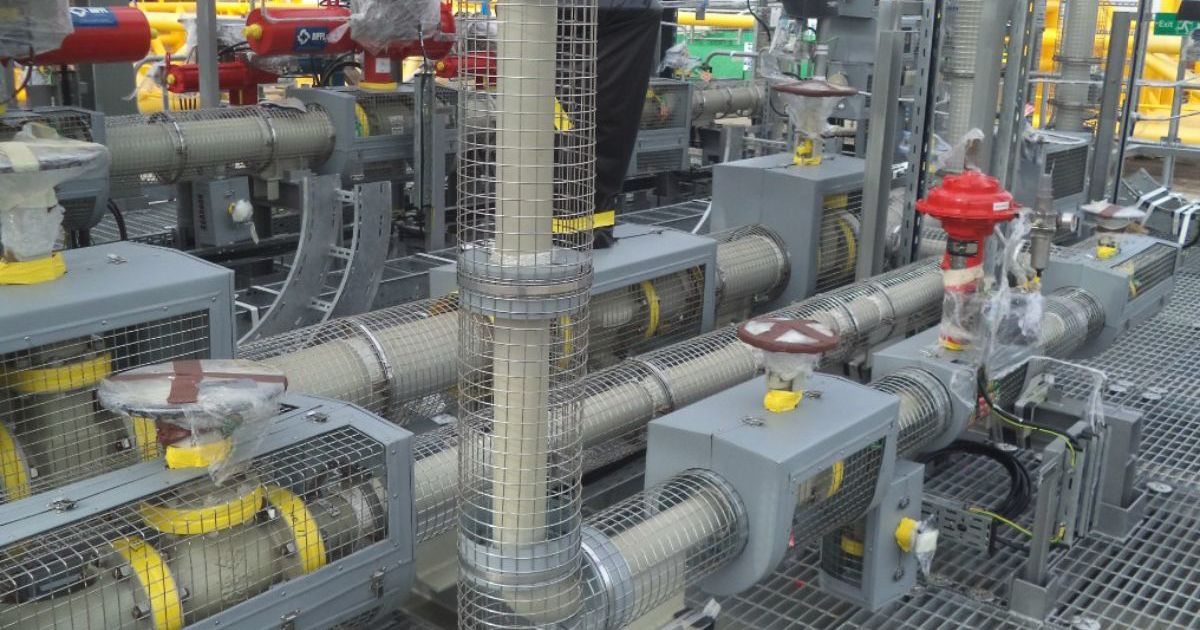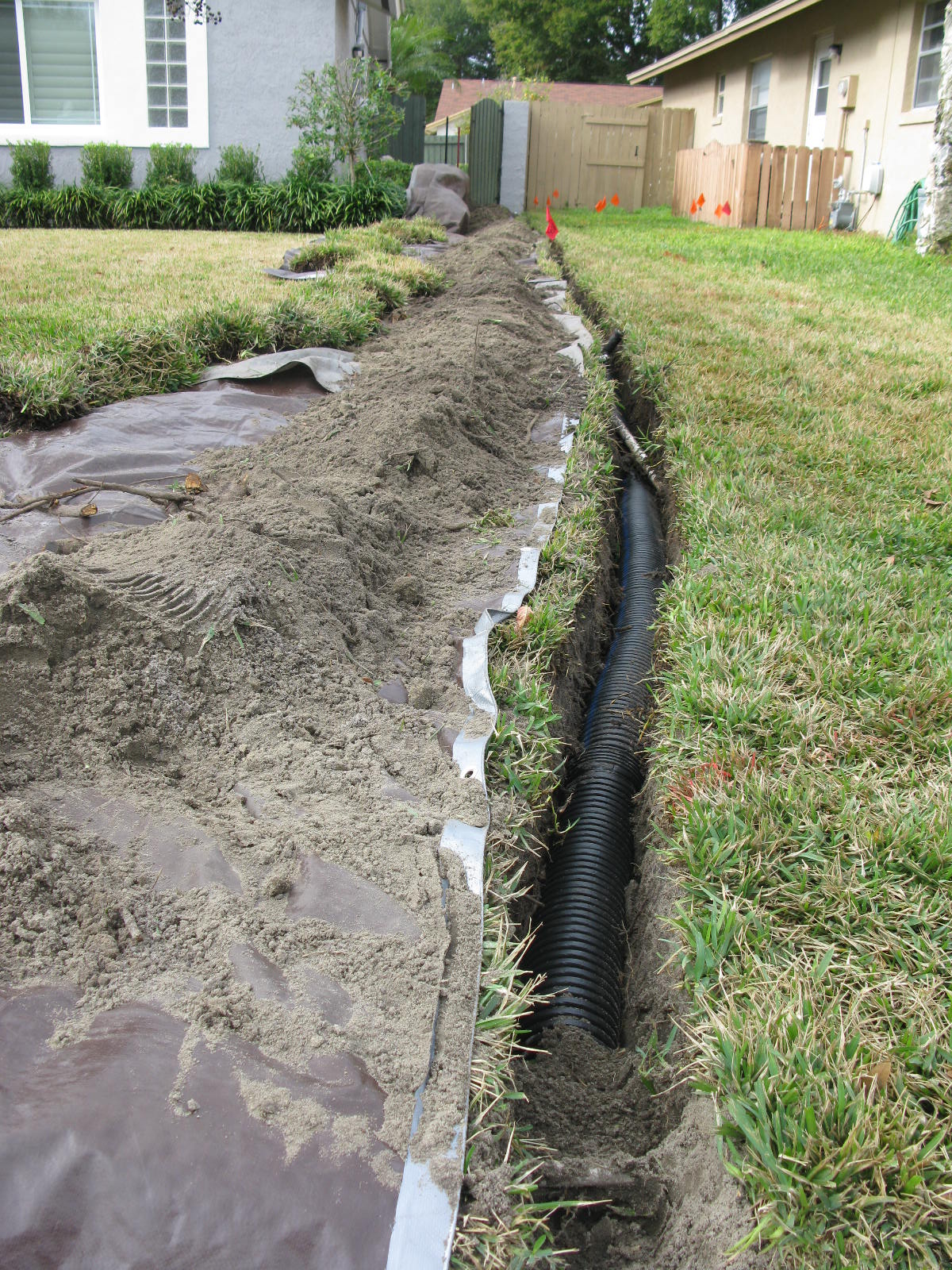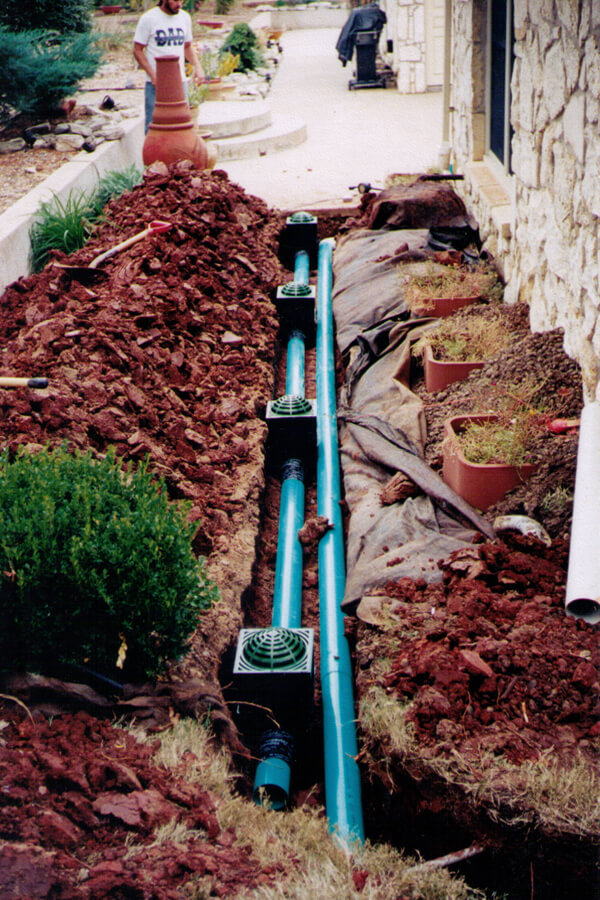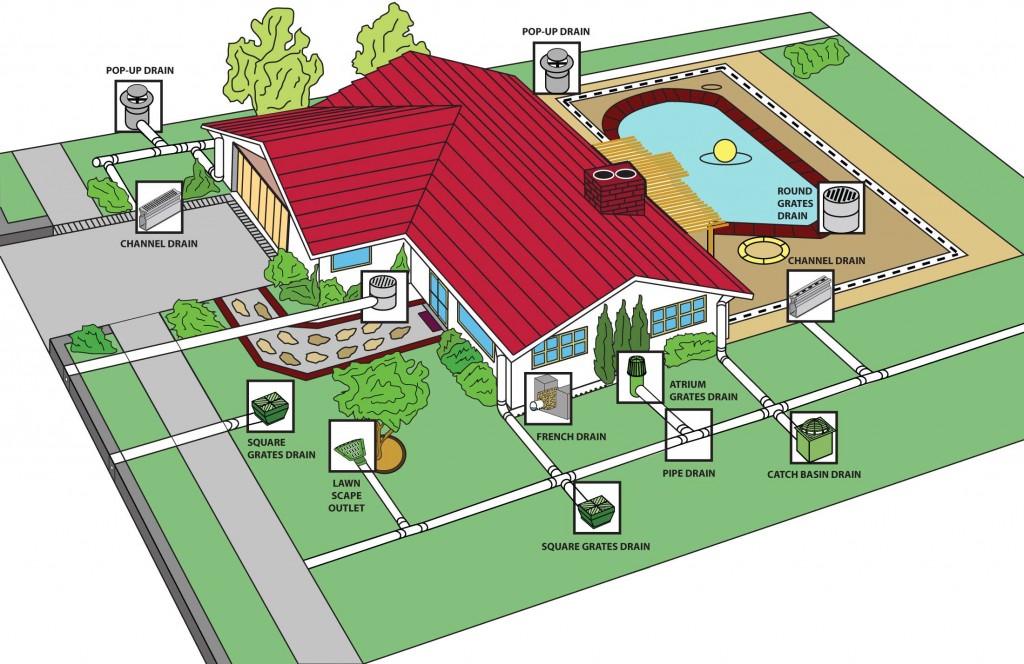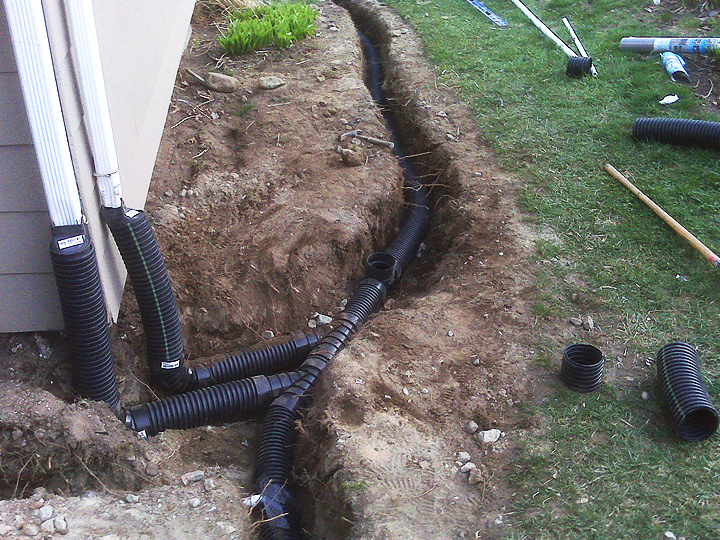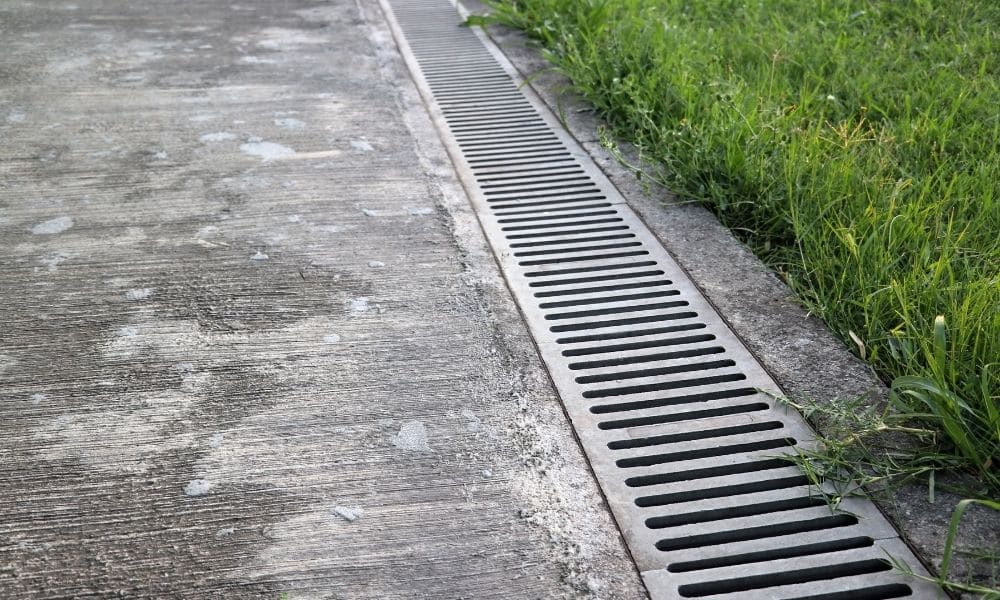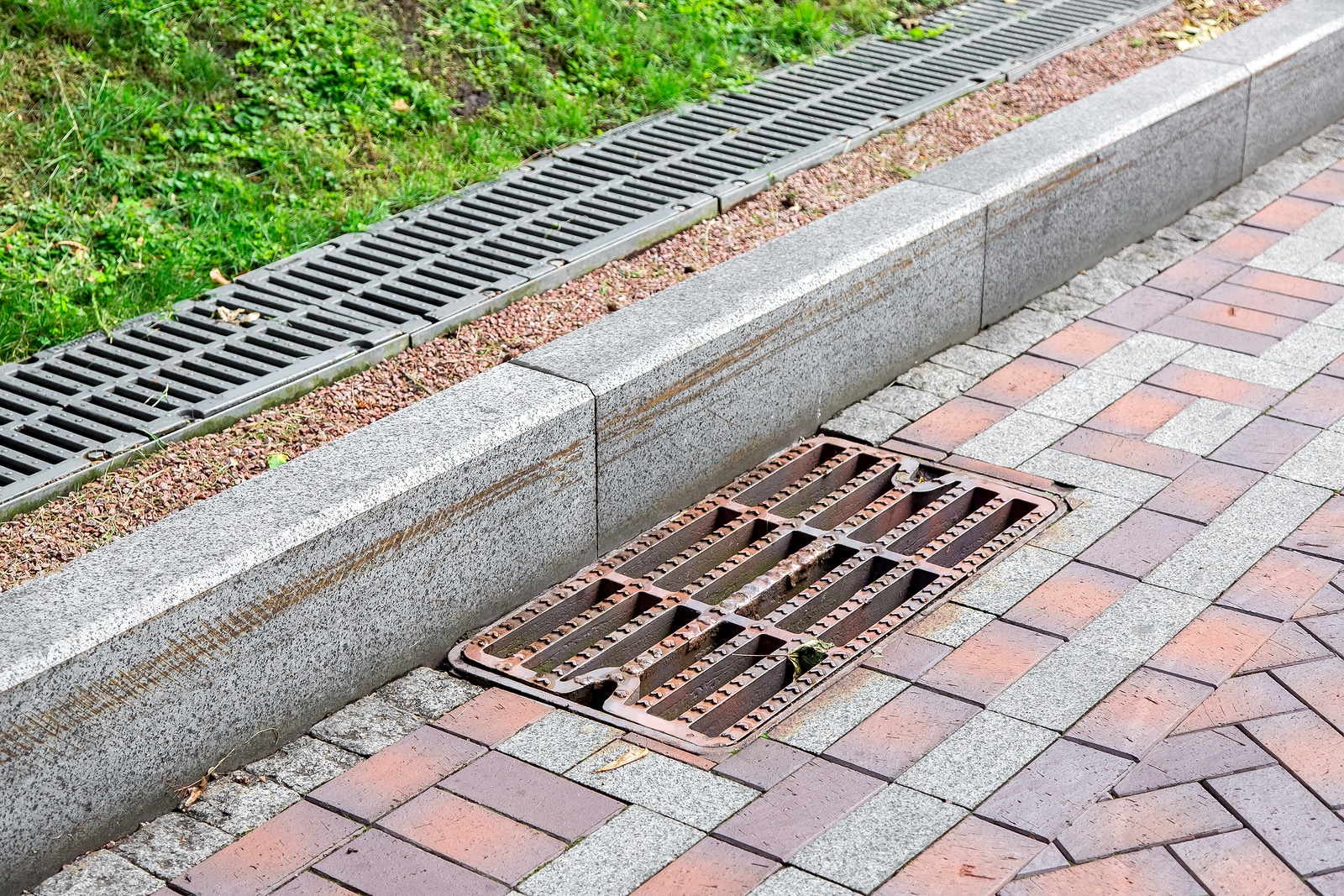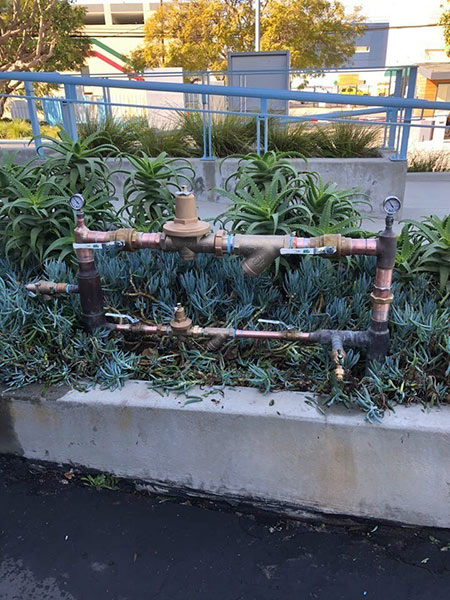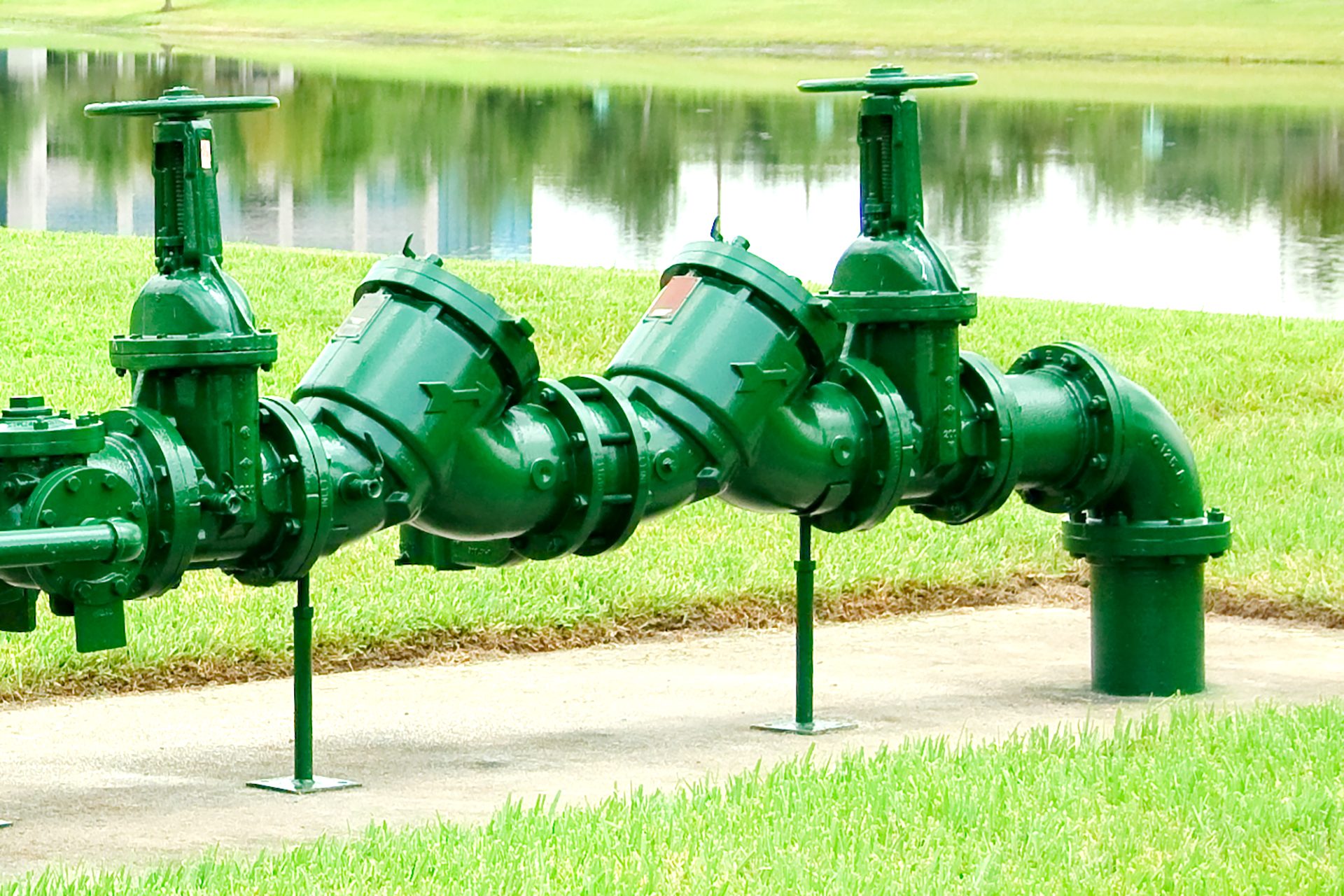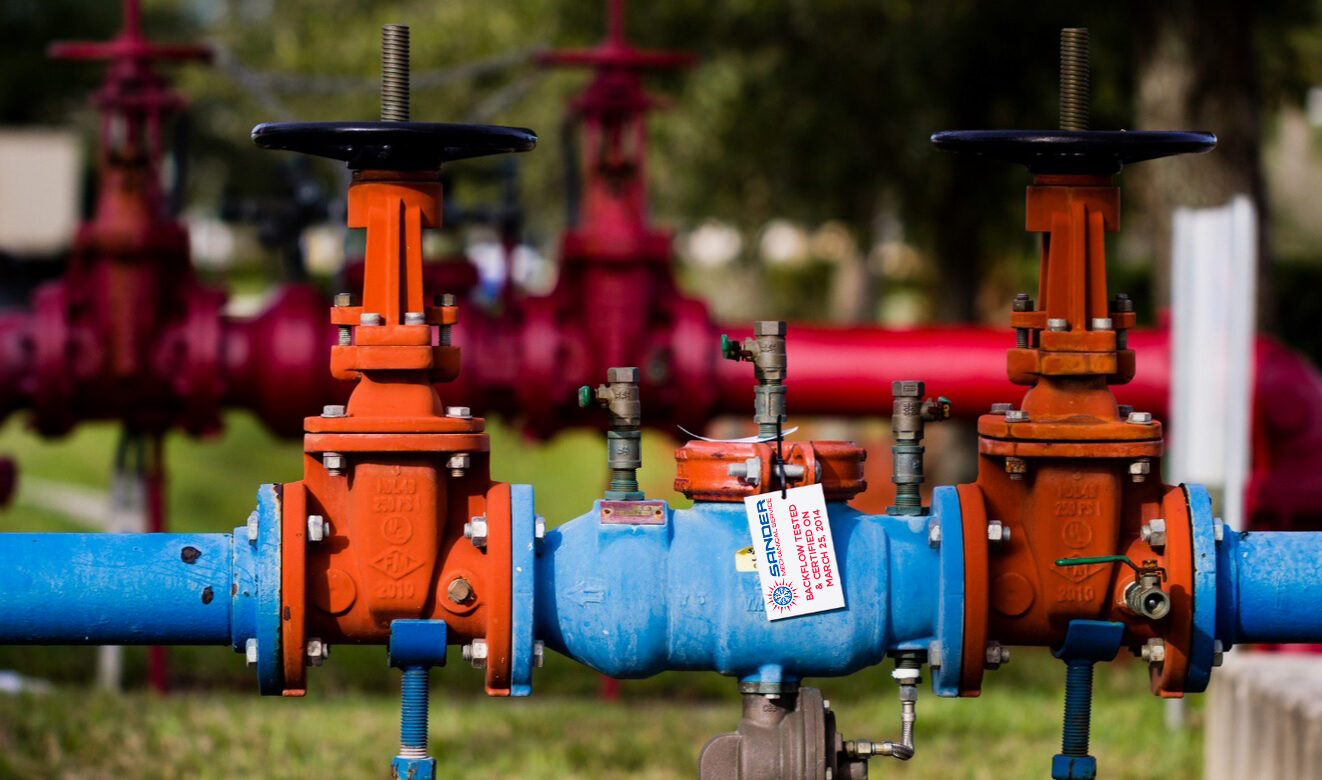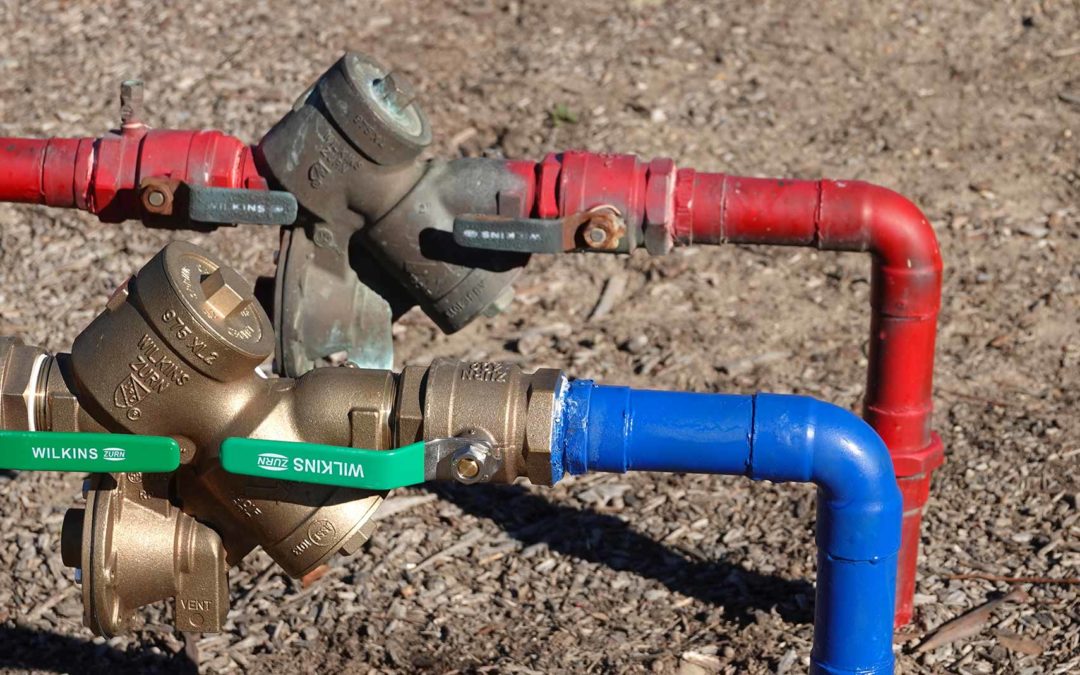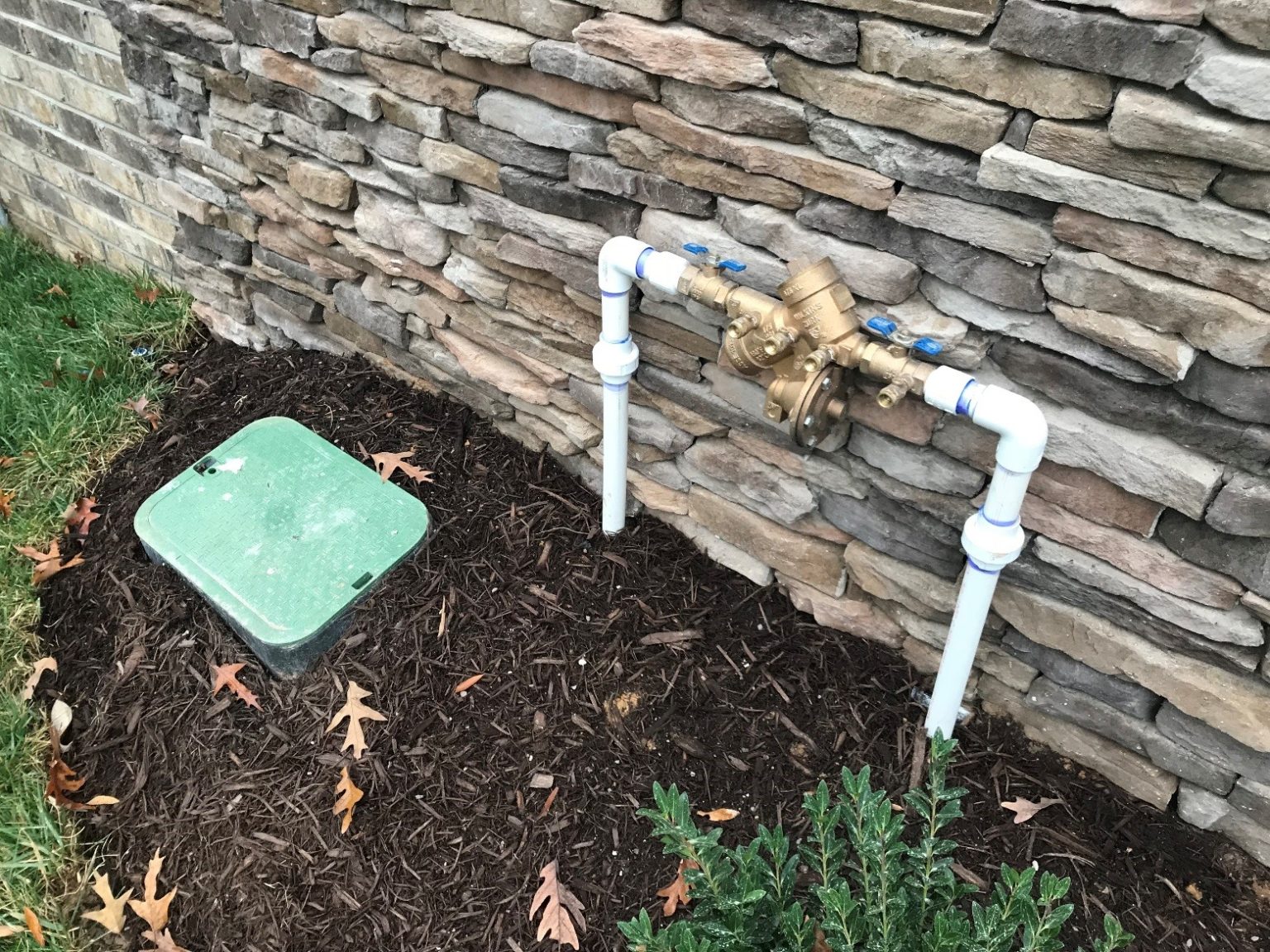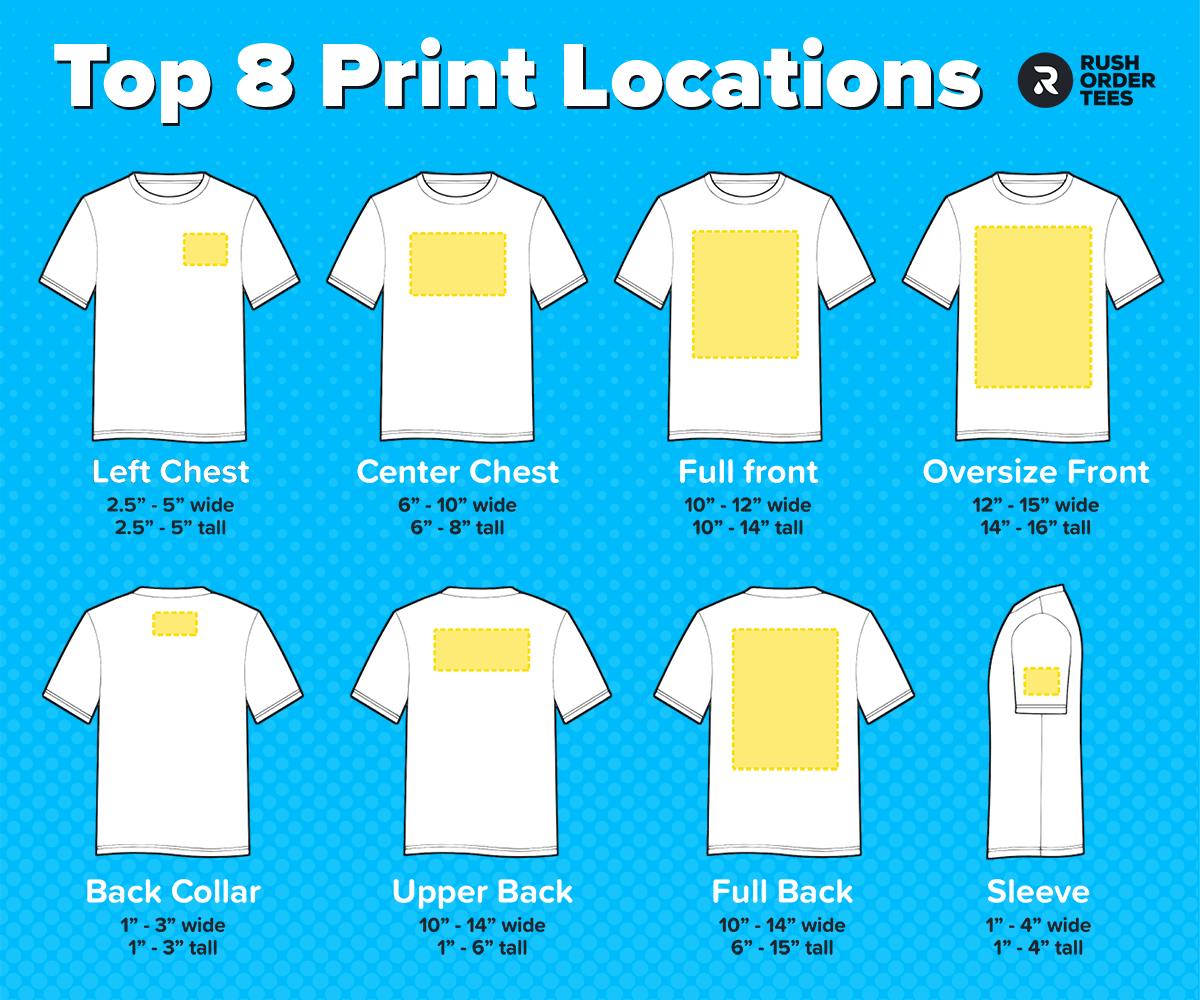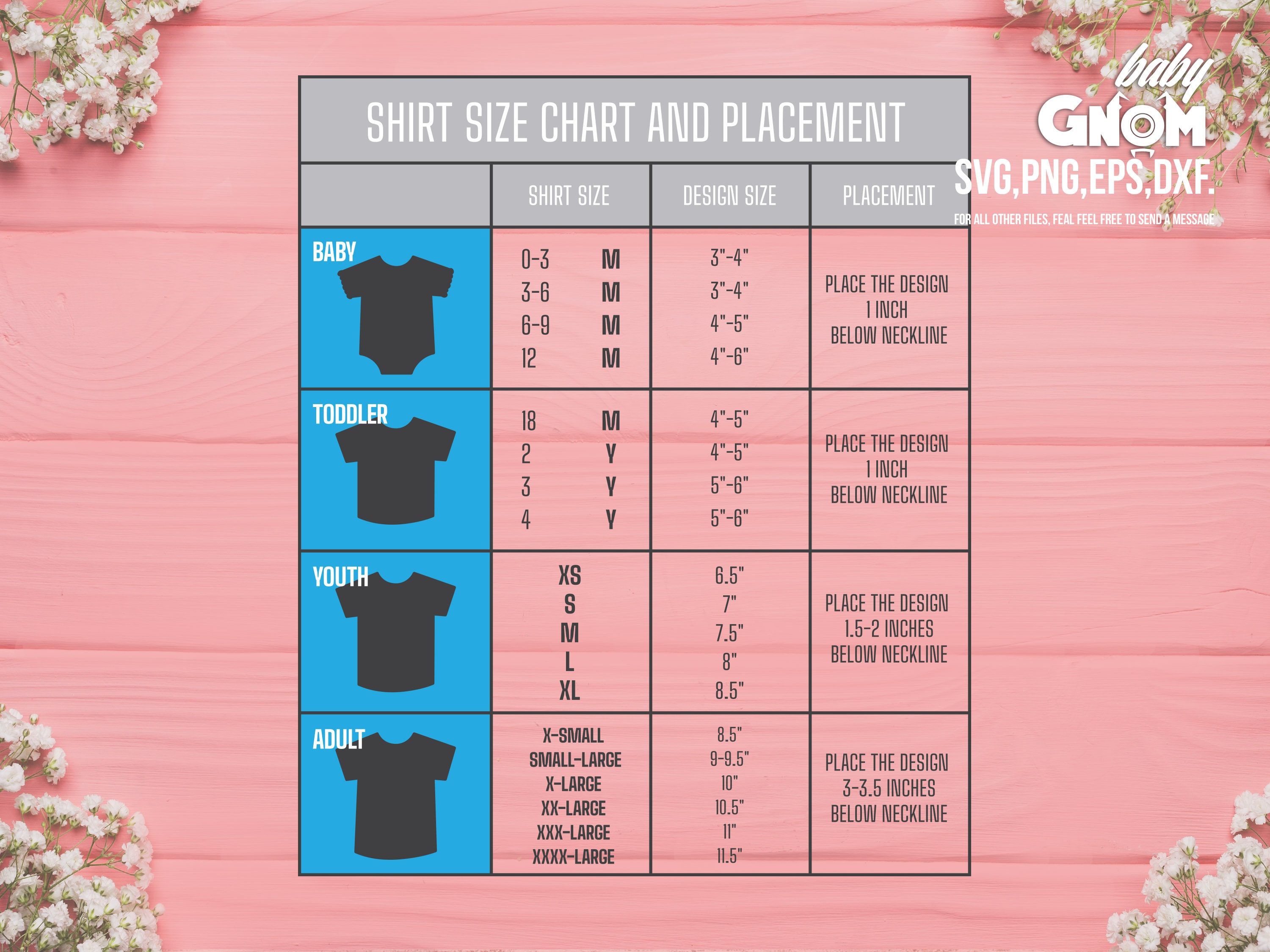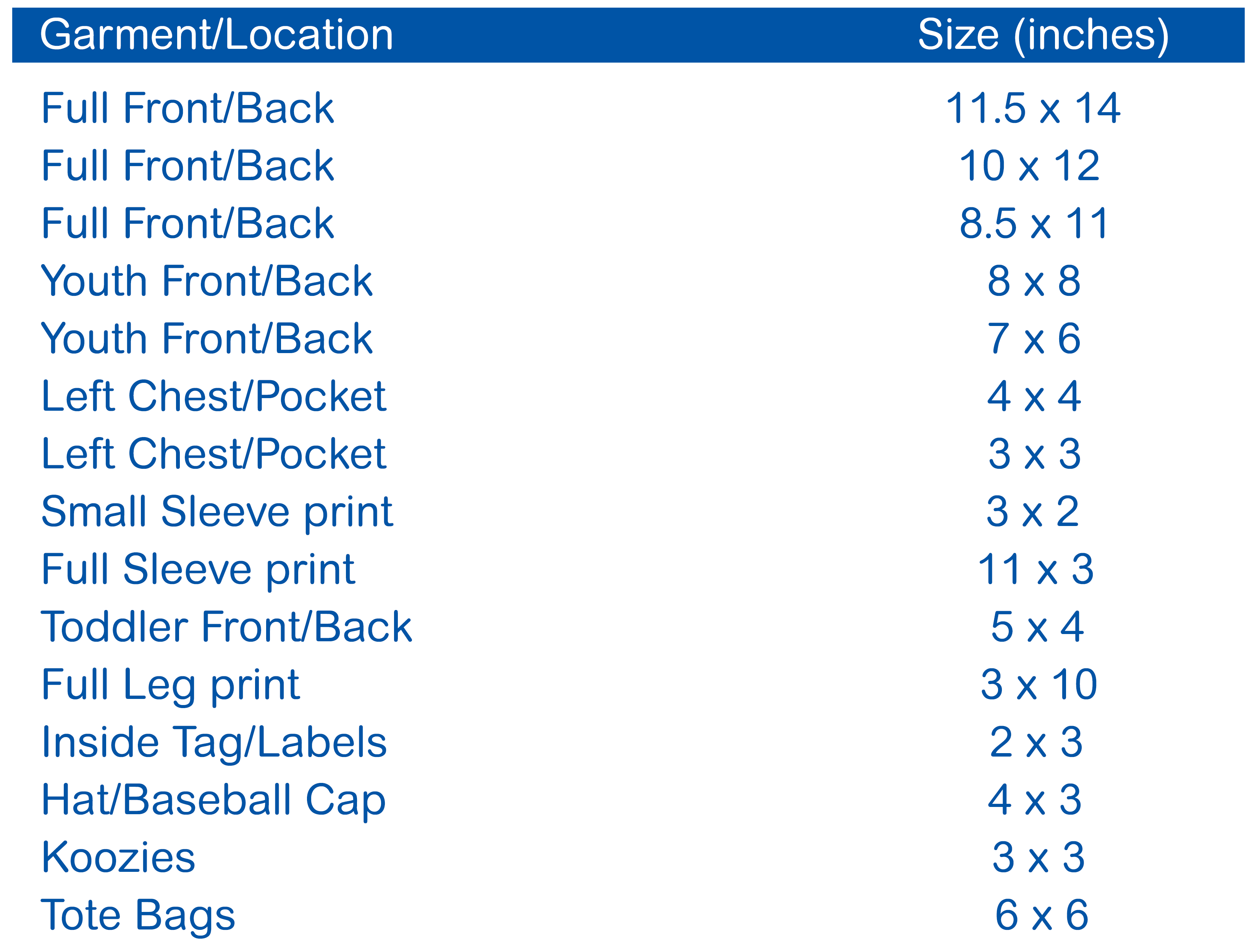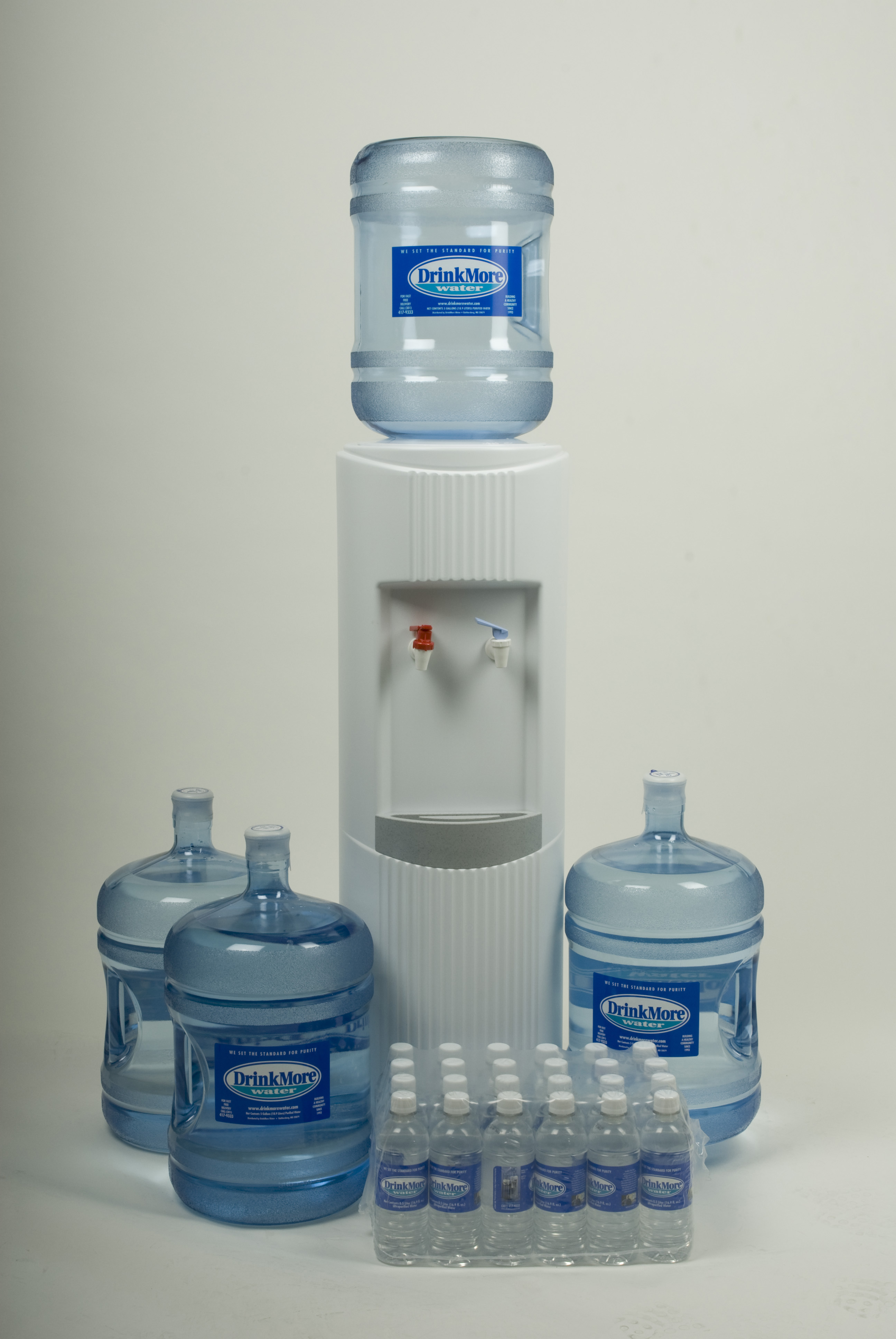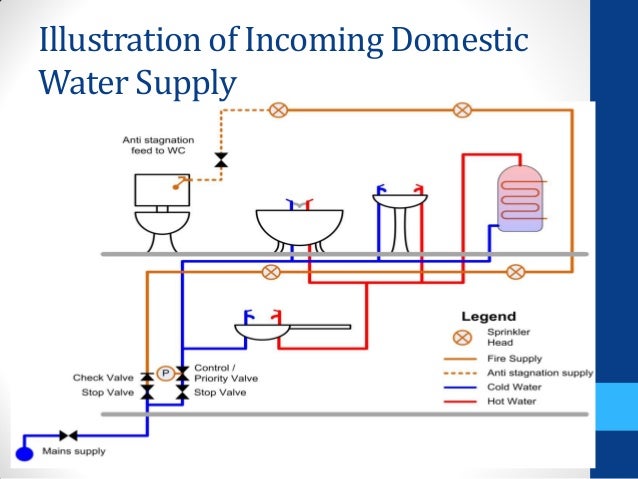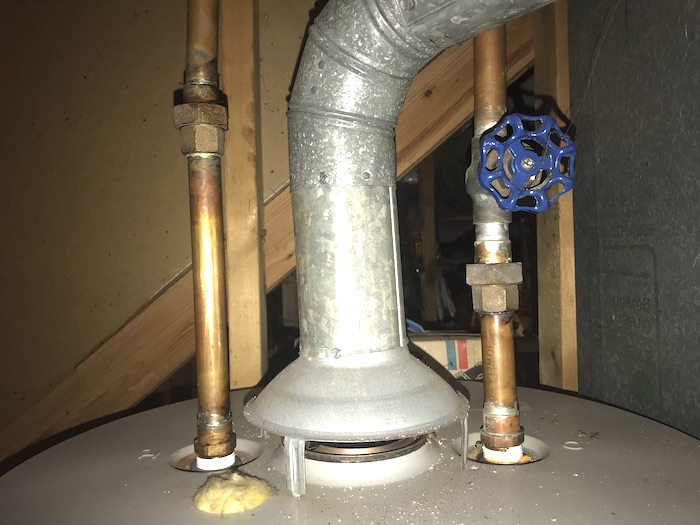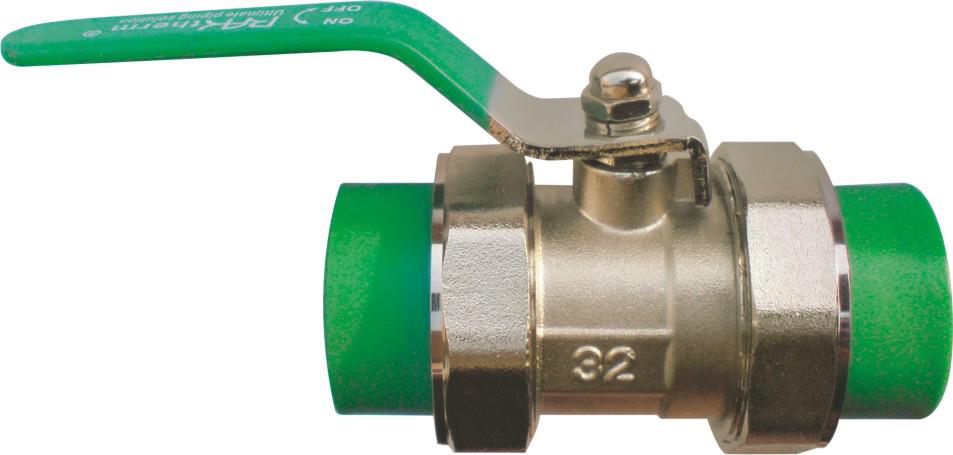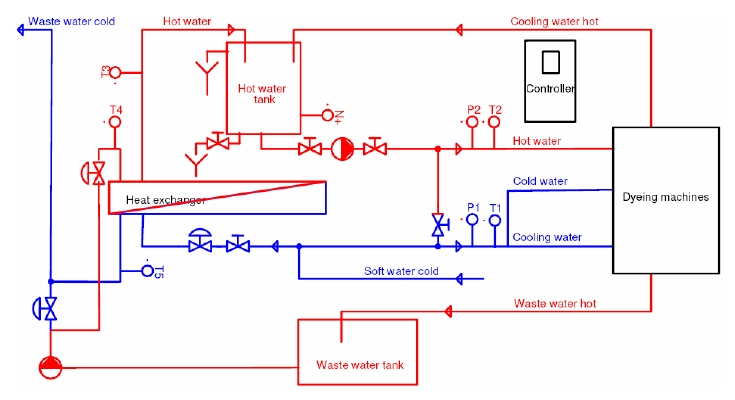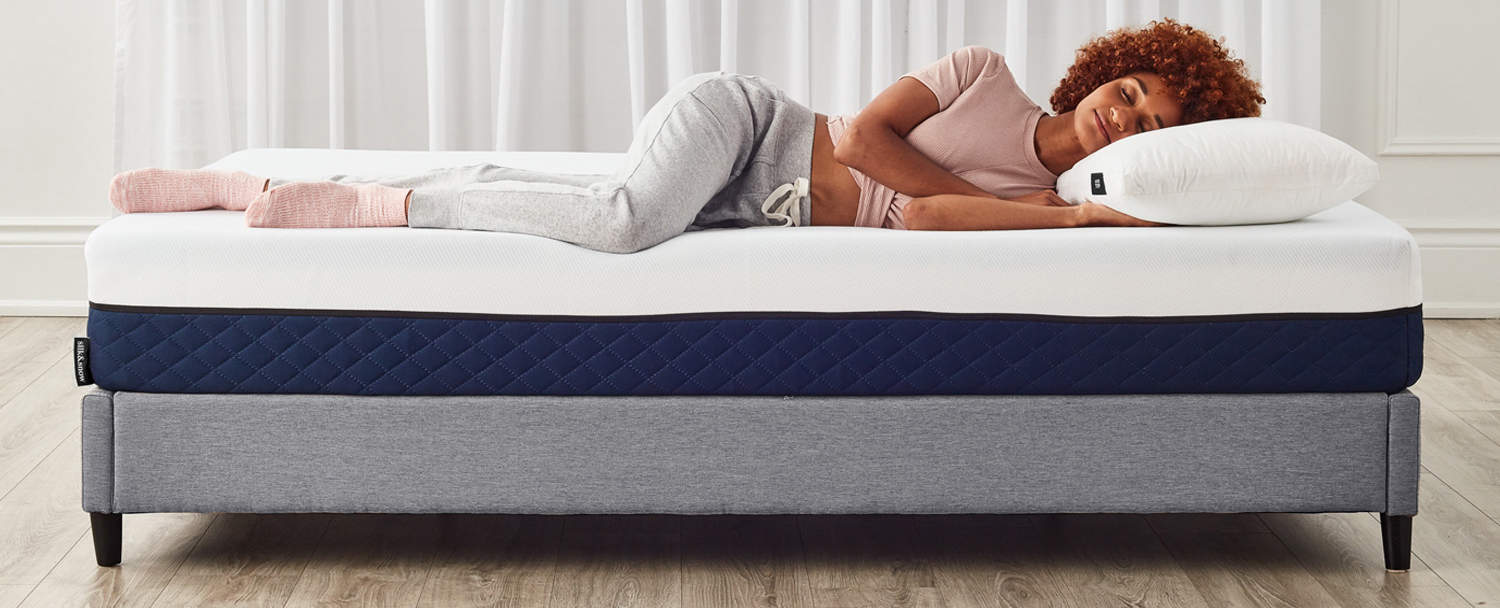When it comes to running a successful commercial kitchen, maintaining a clean and sanitary environment is crucial. One of the essential components in achieving this is having a properly designed and equipped mop sink. In this article, we will discuss the top 10 main commercial kitchen mop sink requirements to ensure your kitchen meets the necessary standards.Introduction
The National Sanitation Foundation (NSF) International is an independent organization that sets standards for the sanitation and safety of commercial kitchen equipment. When purchasing a mop sink, it is important to make sure it is NSF certified. This certification ensures that the sink meets the necessary requirements for sanitation and durability.NSF International
The Food Code is a set of guidelines created by the U.S. Food and Drug Administration (FDA) to regulate food safety in commercial kitchens. According to the Food Code, a mop sink must be provided in every commercial kitchen for the proper disposal of mop water. It also outlines specific requirements for the design and construction of mop sinks.Food Code
In addition to the Food Code, local health departments may have specific regulations for mop sinks in commercial kitchens. It is important to check with your local health department to ensure your mop sink meets all necessary requirements.Health Department Regulations
A mop sink must be designed to promote sanitation and prevent the spread of bacteria. This means it should be made of materials that are easy to clean and resistant to corrosion. Stainless steel is the most commonly used material for mop sinks as it is durable and non-porous, making it easier to keep clean.Sanitary Design
In addition to being the preferred material for sanitary design, stainless steel construction also offers other benefits. It is resistant to heat, chemicals, and stains, making it ideal for use in a commercial kitchen. It also has a sleek and professional appearance, adding to the overall aesthetic of the kitchen.Stainless Steel Construction
The drainage system of a mop sink is another crucial requirement. It should be designed to quickly and efficiently drain away all the water and debris from mops and cleaning tools. This helps to prevent standing water and the buildup of bacteria.Drainage System
Backflow prevention is essential for maintaining the cleanliness and safety of a commercial kitchen. A backflow prevention device on the mop sink’s faucet will prevent any contaminated water from flowing back into the clean water supply, which could lead to food contamination.Backflow Prevention
The size and placement of a mop sink are also important considerations. The sink should be large enough to accommodate all mops and cleaning tools used in the kitchen. It should also be placed in a convenient and accessible location to encourage regular use and proper disposal of dirty water.Size and Placement
A mop sink should have hot and cold water supply to ensure proper cleaning and sanitation. Hot water helps to break down grease and grime, while cold water helps to disinfect and kill bacteria. It is important to regularly check and maintain the water temperature to ensure it meets the necessary standards.Hot and Cold Water Supply
Why Proper Commercial Kitchen Mop Sink Requirements are Essential for Every Restaurant

The Importance of Maintaining a Clean Environment
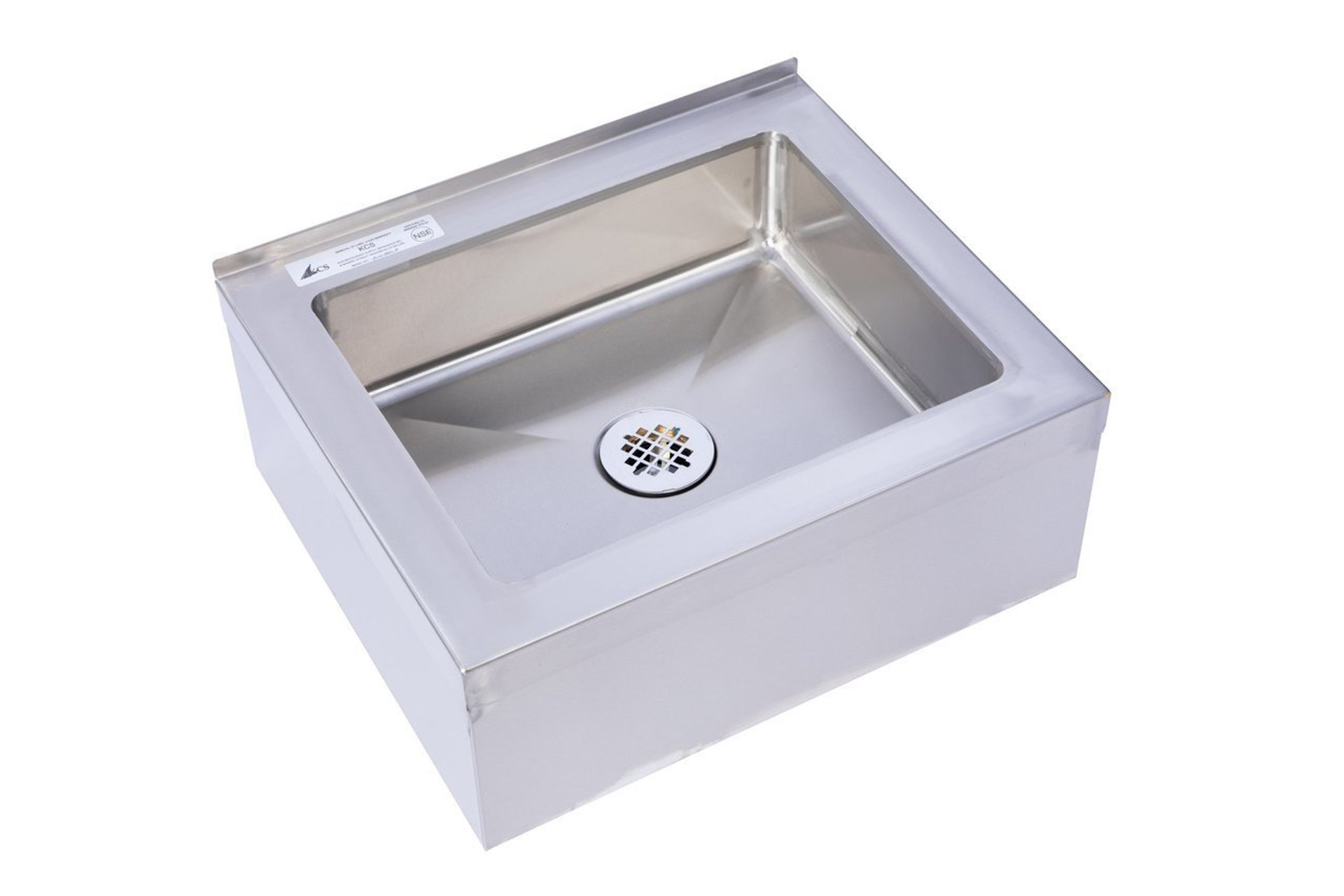 Having a clean and sanitary kitchen is crucial for any restaurant. Not only does it ensure the safety and well-being of customers, but it also reflects the professionalism and quality of the establishment. One of the key components in maintaining a clean kitchen is having a reliable and properly equipped
commercial kitchen mop sink
. This specialized sink is designed specifically for cleaning and sanitizing kitchen floors and is a vital requirement in any commercial kitchen.
Having a clean and sanitary kitchen is crucial for any restaurant. Not only does it ensure the safety and well-being of customers, but it also reflects the professionalism and quality of the establishment. One of the key components in maintaining a clean kitchen is having a reliable and properly equipped
commercial kitchen mop sink
. This specialized sink is designed specifically for cleaning and sanitizing kitchen floors and is a vital requirement in any commercial kitchen.
Meeting Health and Safety Regulations
 In the foodservice industry, there are strict health and safety regulations that must be followed to ensure the well-being of customers and employees. Having a designated
mop sink
for cleaning and disinfecting floors is one of these requirements. This is because regular sinks used for washing dishes and hands are not designed to handle the chemicals and bacteria that are present in mop water. By having a separate mop sink, you can avoid cross-contamination and maintain a hygienic environment for food preparation.
In the foodservice industry, there are strict health and safety regulations that must be followed to ensure the well-being of customers and employees. Having a designated
mop sink
for cleaning and disinfecting floors is one of these requirements. This is because regular sinks used for washing dishes and hands are not designed to handle the chemicals and bacteria that are present in mop water. By having a separate mop sink, you can avoid cross-contamination and maintain a hygienic environment for food preparation.
Choosing the Right Mop Sink for Your Restaurant
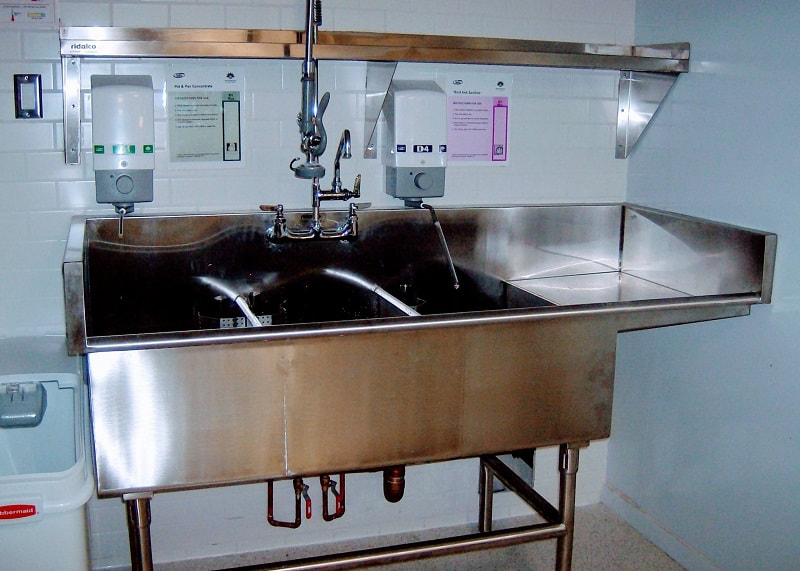 When it comes to selecting a
commercial kitchen mop sink
, there are a few key factors to consider. First and foremost, the sink should be made of a durable material such as stainless steel, which is easy to clean and resistant to corrosion. It should also be large enough to accommodate the size of your mop and bucket. Additionally, the sink should have a high, gooseneck faucet to allow for easy filling and emptying of the bucket.
When it comes to selecting a
commercial kitchen mop sink
, there are a few key factors to consider. First and foremost, the sink should be made of a durable material such as stainless steel, which is easy to clean and resistant to corrosion. It should also be large enough to accommodate the size of your mop and bucket. Additionally, the sink should have a high, gooseneck faucet to allow for easy filling and emptying of the bucket.
Other Considerations for a Functional Mop Sink
 Aside from the basic requirements, there are a few other features that can make your
mop sink
even more functional and efficient. For example, a built-in soap dispenser and hands-free foot pedal controls can make the cleaning process more convenient and hygienic. You may also want to consider adding a drainboard next to the sink for drying mops and storing cleaning supplies.
Aside from the basic requirements, there are a few other features that can make your
mop sink
even more functional and efficient. For example, a built-in soap dispenser and hands-free foot pedal controls can make the cleaning process more convenient and hygienic. You may also want to consider adding a drainboard next to the sink for drying mops and storing cleaning supplies.
Invest in Quality and Maintain Cleanliness
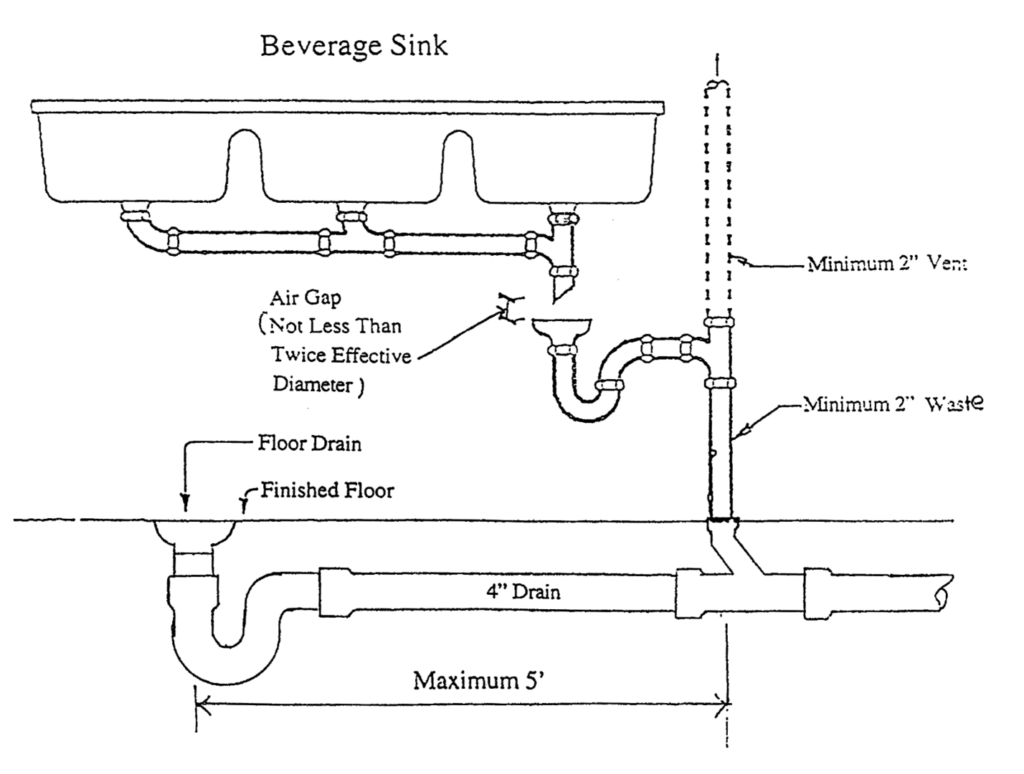 In conclusion, proper
commercial kitchen mop sink requirements
are essential for every restaurant to maintain a clean and safe environment for both employees and customers. By investing in a high-quality, well-equipped mop sink, you can ensure that your kitchen stays up to code and reflects the professionalism and standards of your business. So, don't overlook this important aspect of kitchen design and make sure your restaurant is equipped with a suitable mop sink.
In conclusion, proper
commercial kitchen mop sink requirements
are essential for every restaurant to maintain a clean and safe environment for both employees and customers. By investing in a high-quality, well-equipped mop sink, you can ensure that your kitchen stays up to code and reflects the professionalism and standards of your business. So, don't overlook this important aspect of kitchen design and make sure your restaurant is equipped with a suitable mop sink.
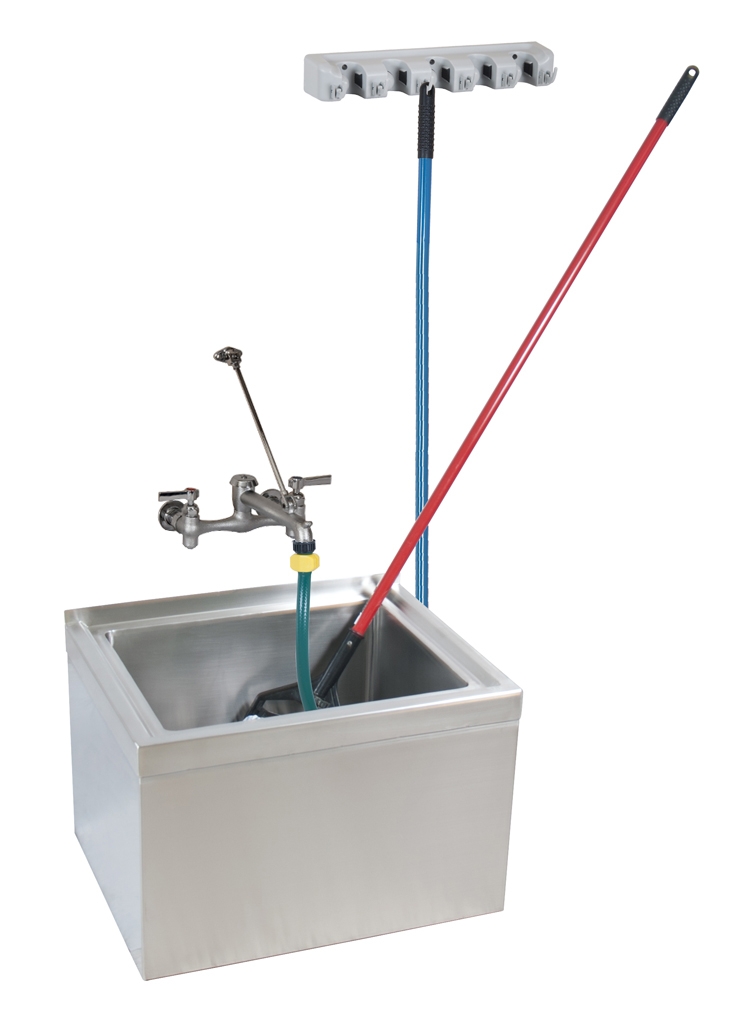








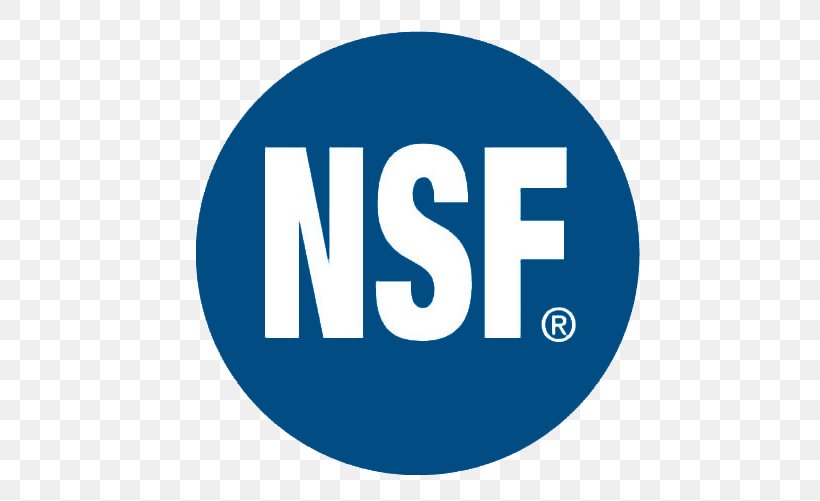




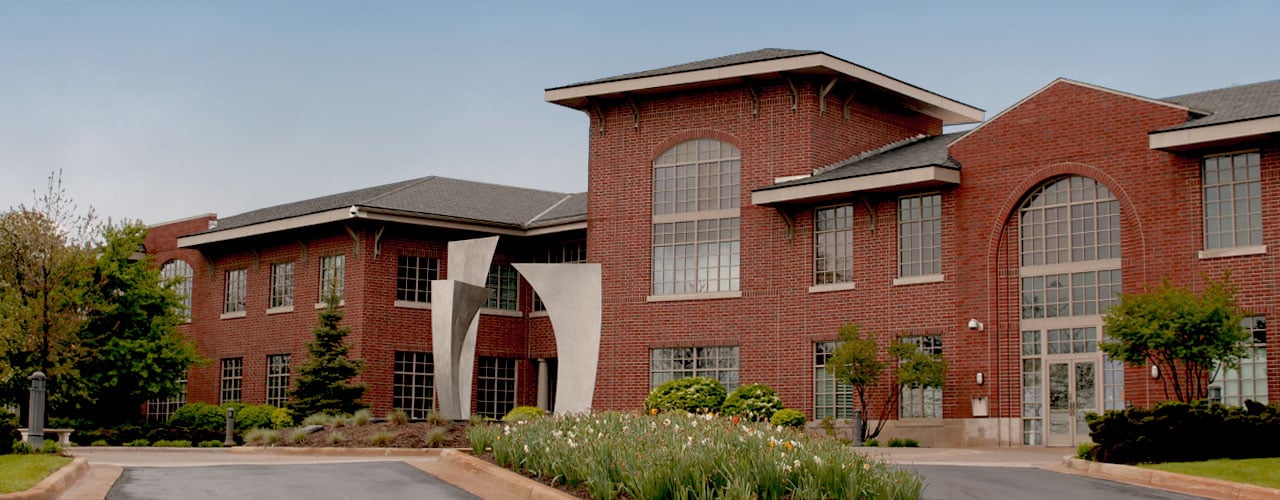




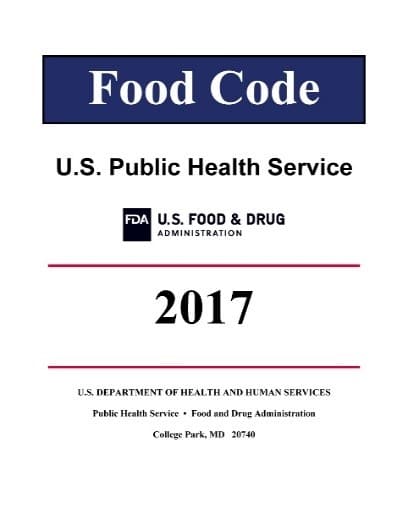




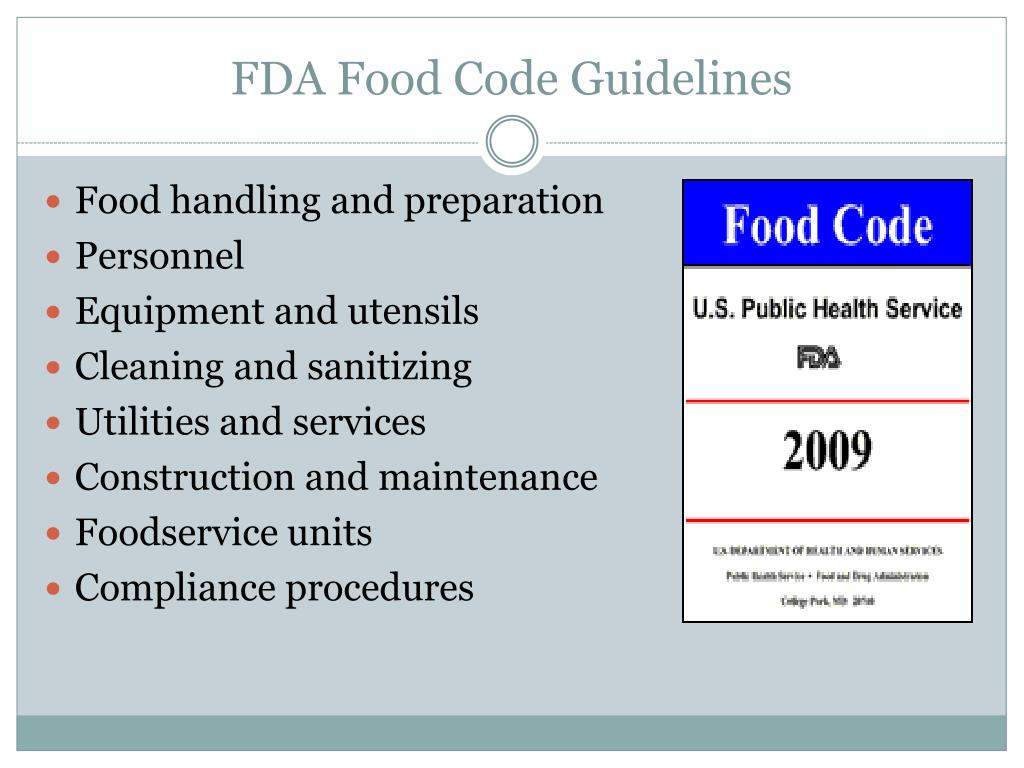

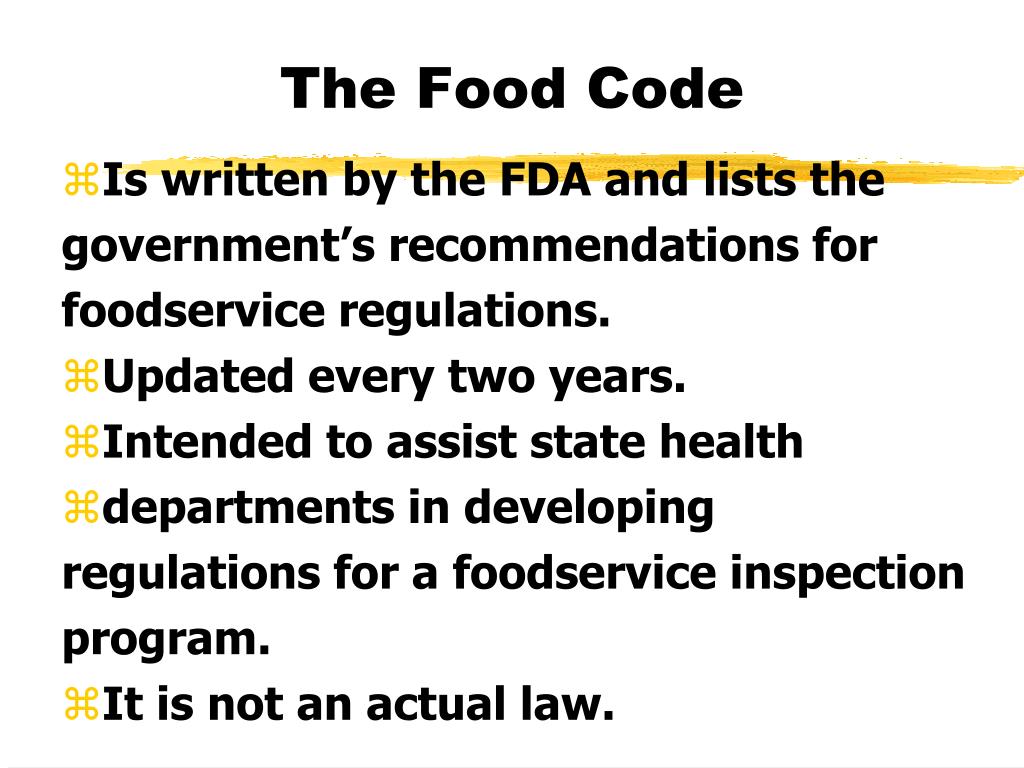




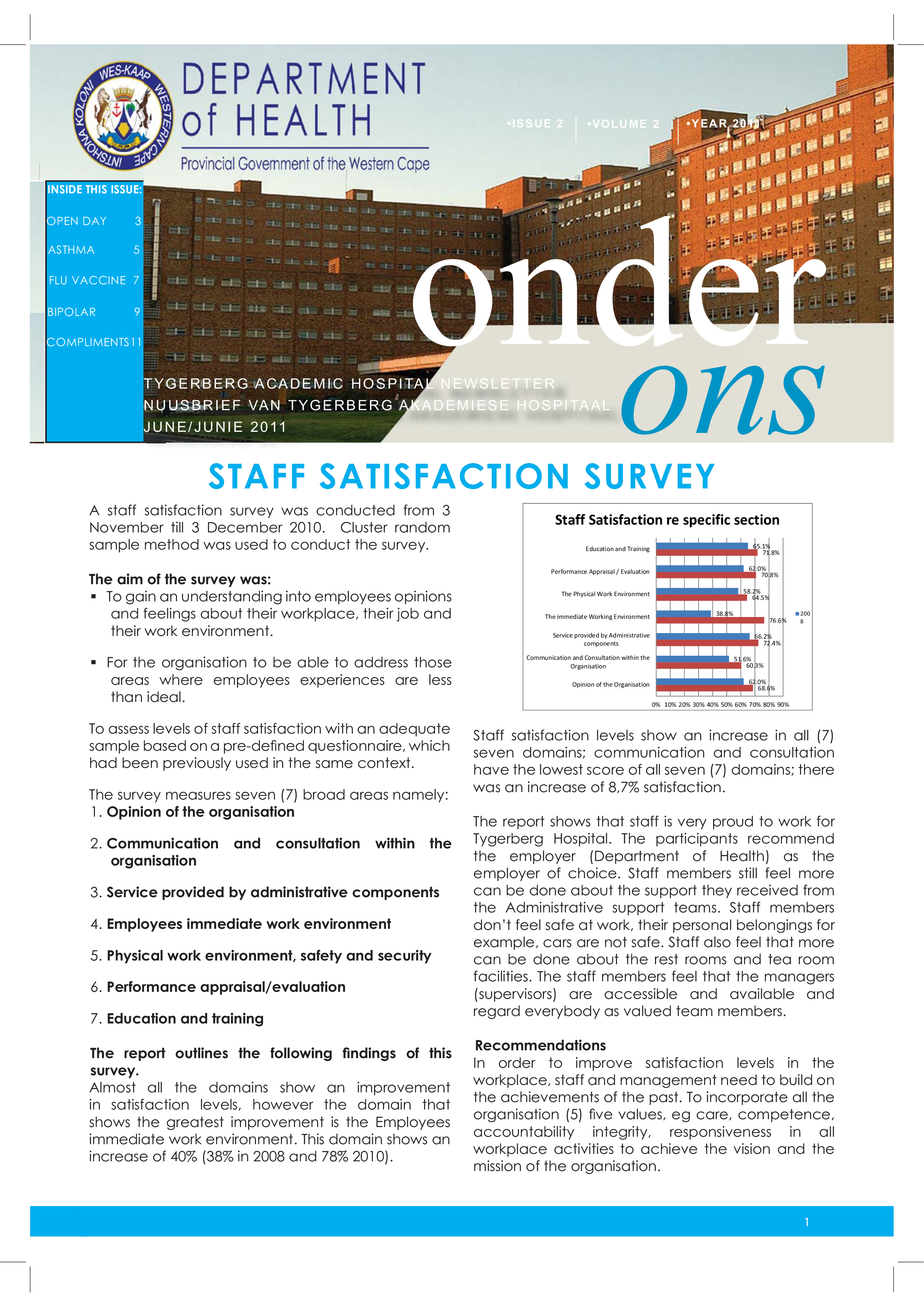









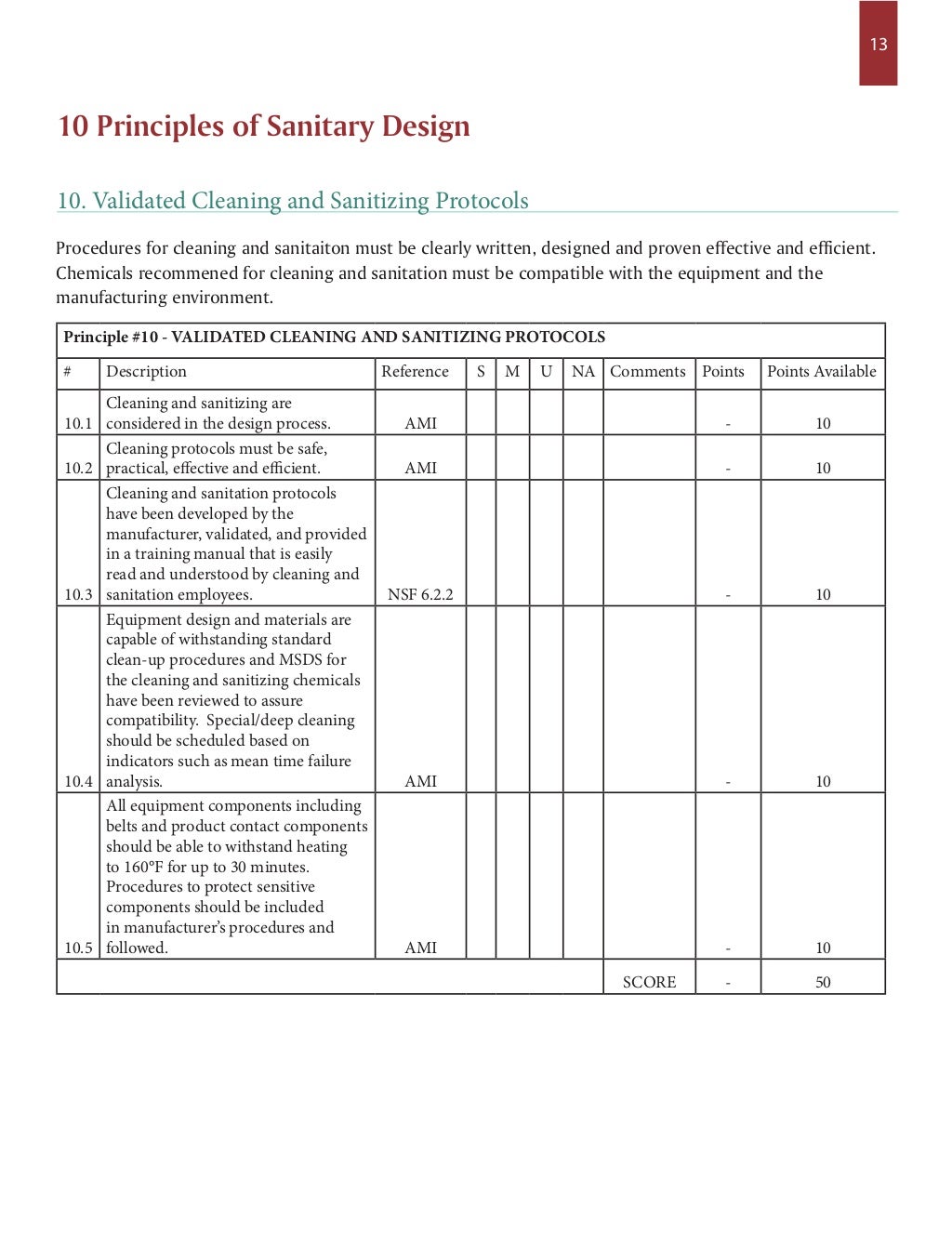
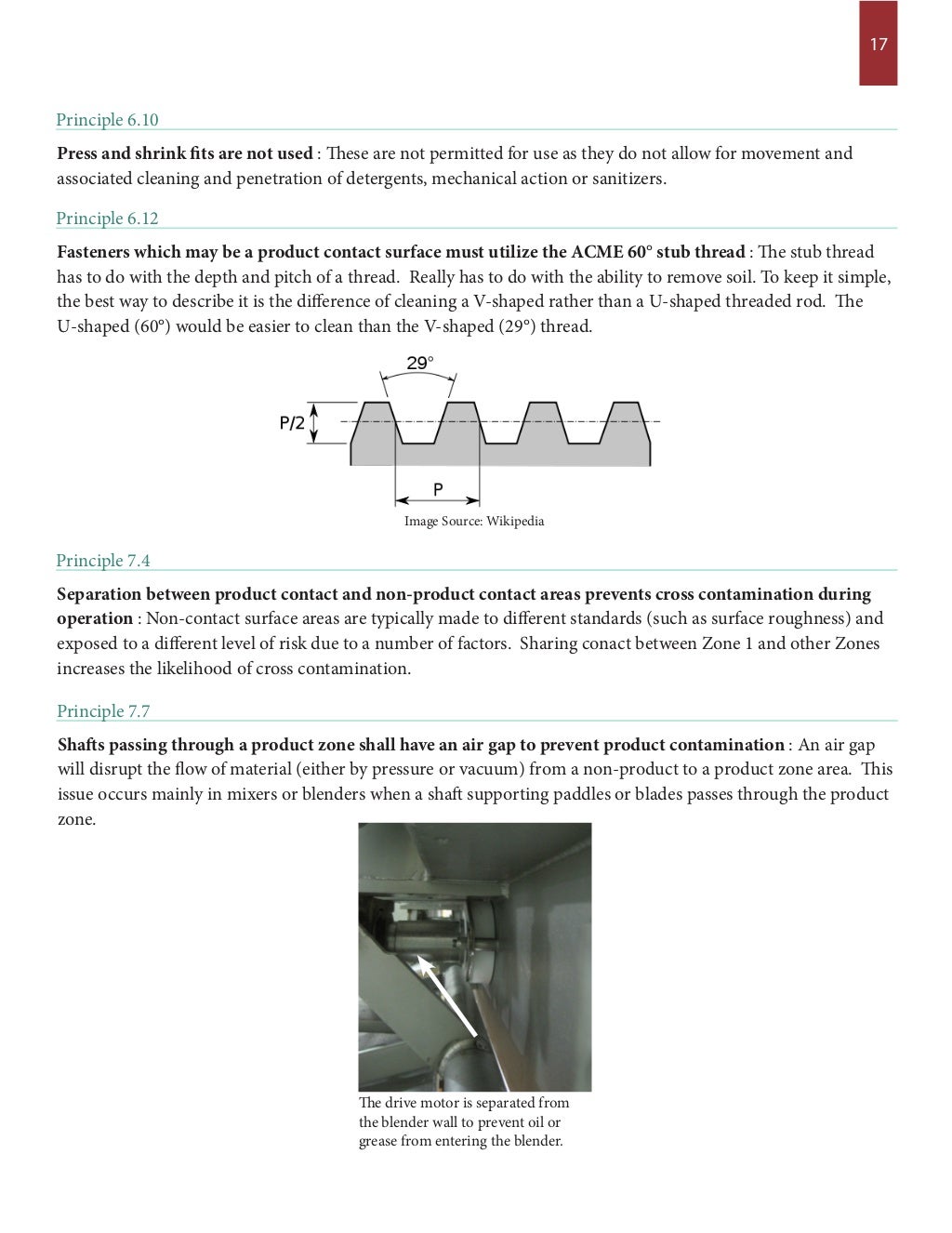





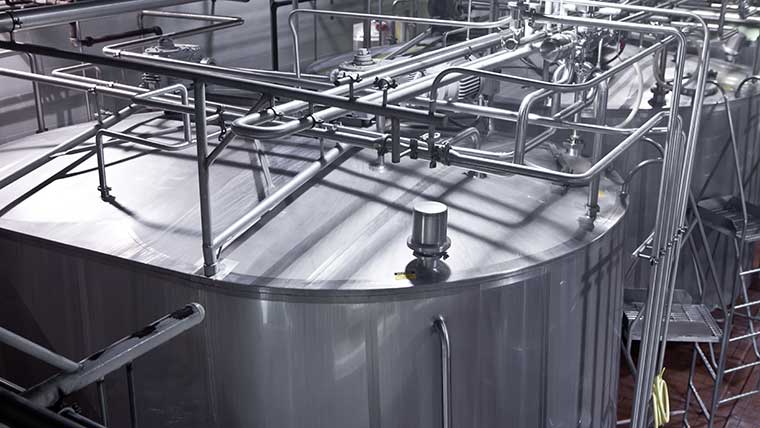

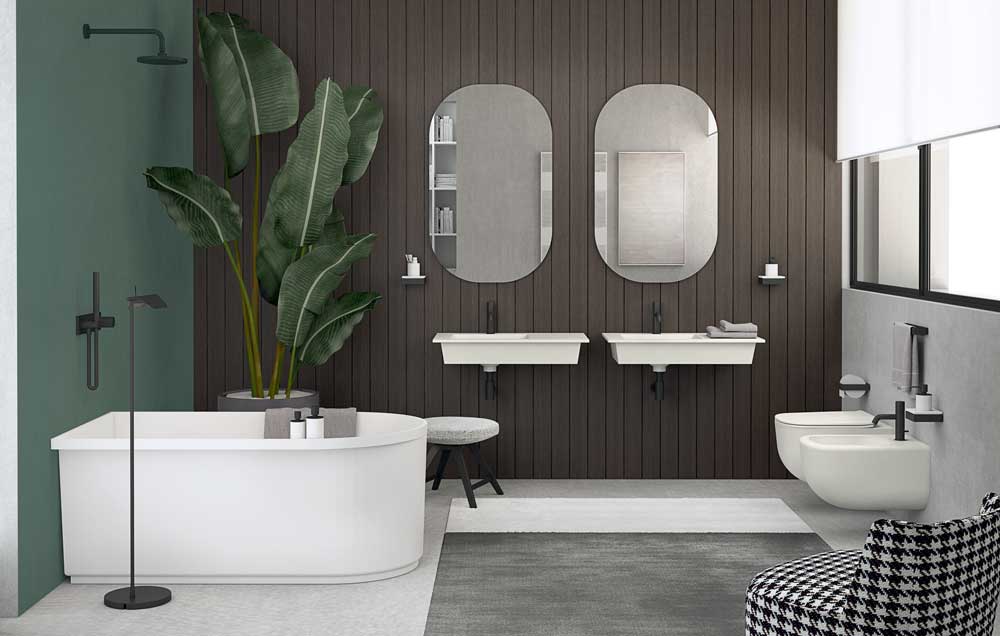

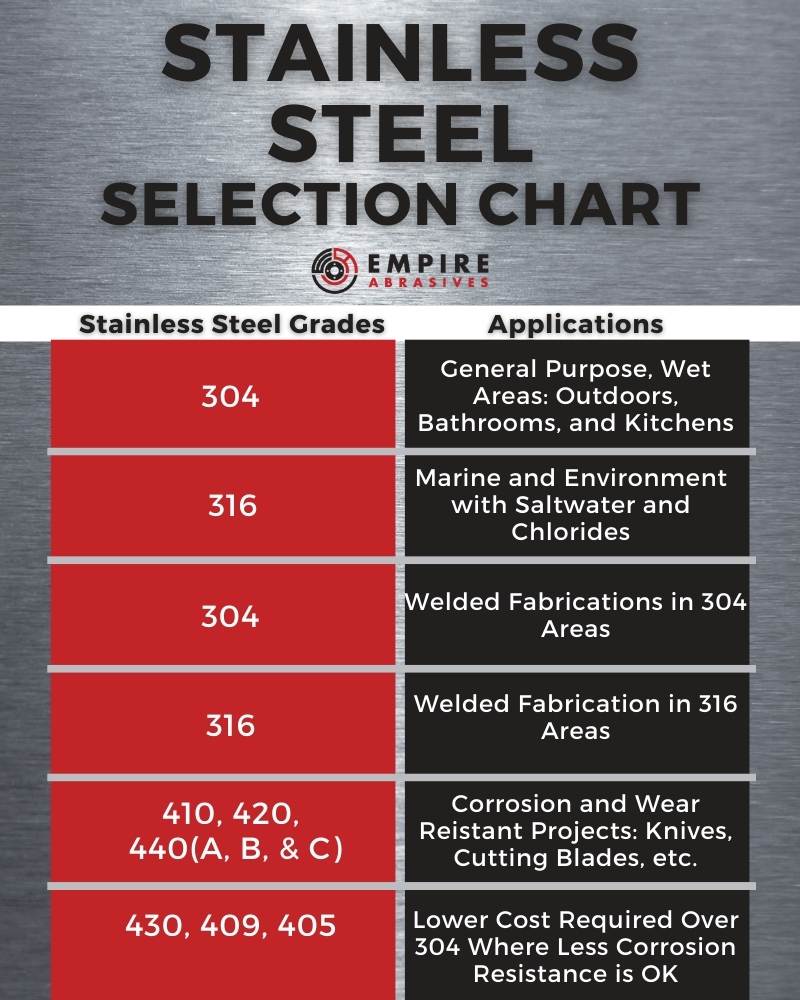




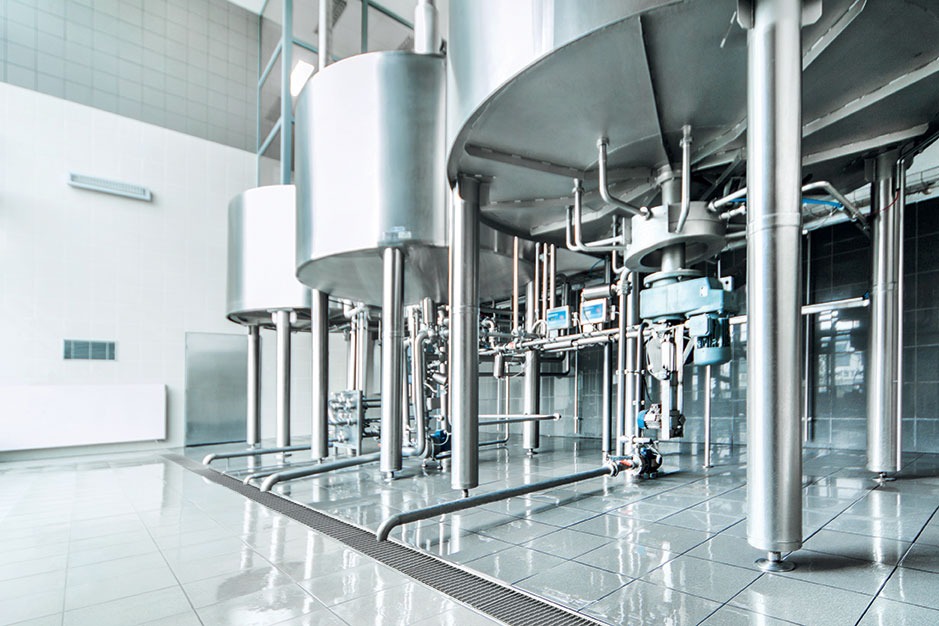

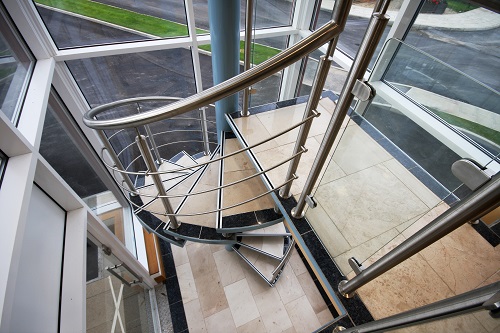
.jpg?v=12ba207e)
